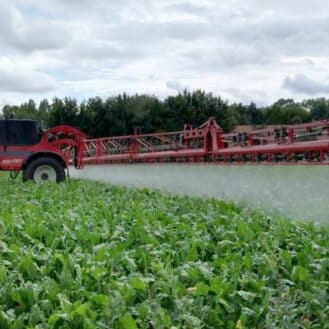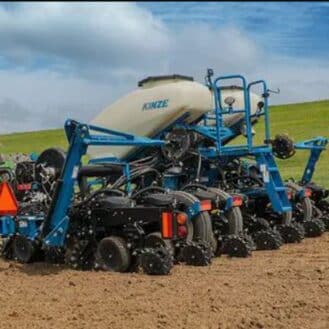A conditioner helps break down the waxy coating on crop stems, thus speeding up the drying process. By crimping the stems, the conditioner mower allows more air to circulate around the crop, which can speed up the drying process and result in better quality hay. Technically, it helps reduce the drying time on the ground by 25 to 30% with a reduction of one to two tedder passes
Using a mower-conditioner can be particularly beneficial in humid climates or when the weather is wet and damp, as it can help to prevent the crop from molding or rotting before it dries.
Nevertheless, a conditioner is a heavy device and increases the weight of the mower. If you are growing a crop that doesn’t require drying or you operate in a dry climate, a mower-conditioner may not be necessary.












